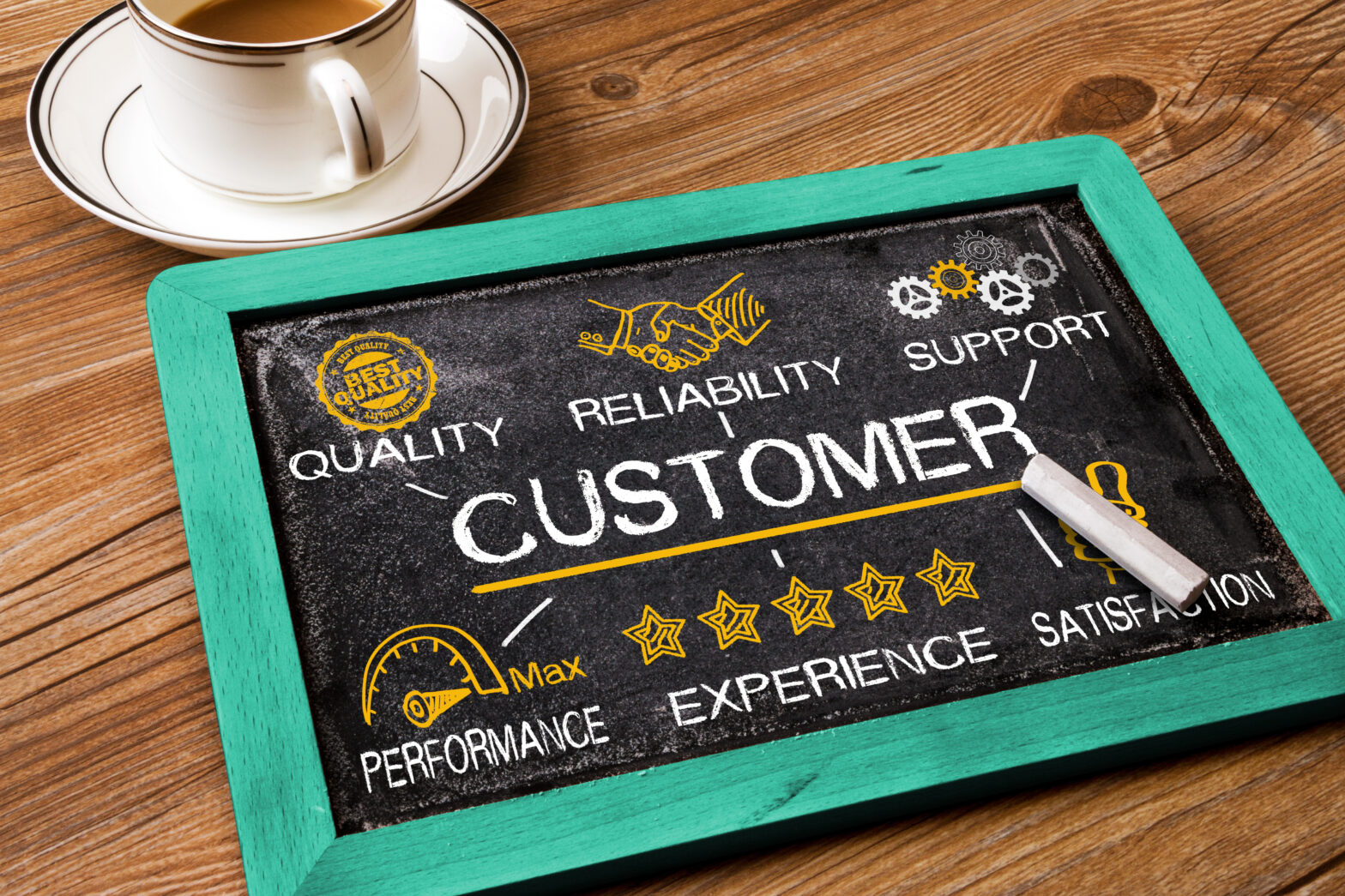The problem with using legacy systems in a modern-day customer support organisation have been discussed extensively – they are clunky, not built for today’s support needs and lack the capabilities agents need to create deep and personal relationships with their customers – the type of relationships that build strong customer loyalty. Despite this, many businesses are still wedded to their legacy systems and are reluctant to embrace change.
In today’s highly competitive business world, the stakes are too high to provide anything less than seamless customer support. Today’s customer is constantly exposed to new and innovative ways to deliver services and support and as a result, their expectations of how they want to engage with any business is heightened.
Even if there is no direct link between your business and the other businesses they are exposed to, there is always the tendency to ask “why can’t I get that kind of service?”
>See also: To improve your customer experience, free your data
For those companies stuck in the land of legacy tools, here are a few steps you can take today to begin building a better, more adept support solution.
Admitting there is a problem
Like with most things, the first step is admitting there is a problem in the first place. Most companies that are trapped under the limitations of legacy systems don’t realise there is an issue until one arises.
Maybe that issue is a breach of an unsecured system. Or maybe your customers are using new tools or operating systems that you can’t support. Maybe it’s just the simple fact that customer expectations are growing and by continuing to offer a less than modern experience, customer loyalty is put at risk.
Do your research
Once you admit there is a problem, the next step is to research how you are going to fix it. It’s true that bringing in an entirely new support system is not for the faint of heart.
>See also: Traditional approaches to customer experience need to evolve
But by doing your research and ensuring that the tools you are considering map back to your customer expectations and support strategy – you can be much more confident that launching into this endeavour is going to have a strong and positive impact on your organisation. Which leads to this…
Convincing your organisation
As mentioned, rip and replace is not an easy sell – especially for the higher ups in any organisation. You need to convince executives that the ROI is worth any pain the transition might cause.
It’s standard knowledge that it is significantly more costly to acquire a new customer than it is to keep your current customer base loyal. When customers call a support line, they are likely having an issue with a product or service that is supposed to work and isn’t. If the support agent can quickly help them resolve that issue, the experience will leave a lasting impression.
If, on the other hand, customers are transferred to a number of different agents, each time having to explain the issue over again with no resolution in sight – frustration grows.
Or if the tools the support agent is using are clunky or worse aren’t compatible with what customers have, that frustration puts loyalty on the line. Keeping customers happy is the ultimate ROI and that is a proof point everyone can agree on.
>See also: Understanding and enabling customer experience networks
Customer experience and support is very quickly becoming the main differentiator for companies of all sizes and in all industries. Ensuring that your support staff is armed with the tools to create the unique and seamless experience customers (and employees for internal IT folks) are looking for is the best way to win loyalty.
The steps listed above are by no means exhaustive but provide a good place to start in the process of delivering the experience that builds customer confidence. Once customer confidence is in place, businesses go on to build further success.
Sourced by Peter Zeinoun, director, Support Solutions, LogMeIn







